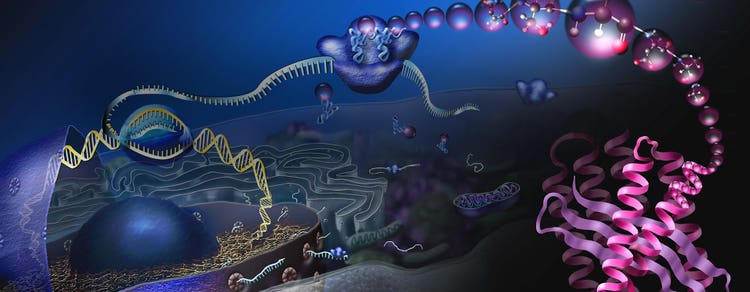
Protein Detection, Quantification and analysis
Streamline the process of protein quantitation
Detect, quantitate and analyze proteins
Protein detection, quantification, and analysis are central to investigating a wide variety of biological processes. Measuring the protein concentration is necessary to processes ranging from protein purification and labeling to sample preparation for electrophoresis.
Protein quantification is the measurement of the total protein concentration in a sample. Protein can be quantitated directly via absorbance at 280 nm or indirectly using colorimetric (BCA, Bradford, etc.), or fluorometric methods offering advantages, such as greater sensitivity. To identify and measure a specific protein within a complex sample, for example, serum or cell lysate, an enzyme-linked immunosorbent assay (ELISA) may be used.
Cellular signaling and other biological processes may be analyzed using fluorescent proteins. For example, green fluorescent protein (GFP) can be expressed in living cells and used to visualize the localization and protein dynamics under experimental conditions. Tryptophan, an amino acid whose fluorescence emission properties are affected by its microenvironment, has also been used to gain information on changes in the conformational state of proteins.
Protein quantification and analysis methods
Microplate readers with absorbance, fluorescence, and luminescence detection modes provide a versatile solution for the quantification and study of proteins. Our application notes demonstrate how these instruments can be used to obtain and analyze results.